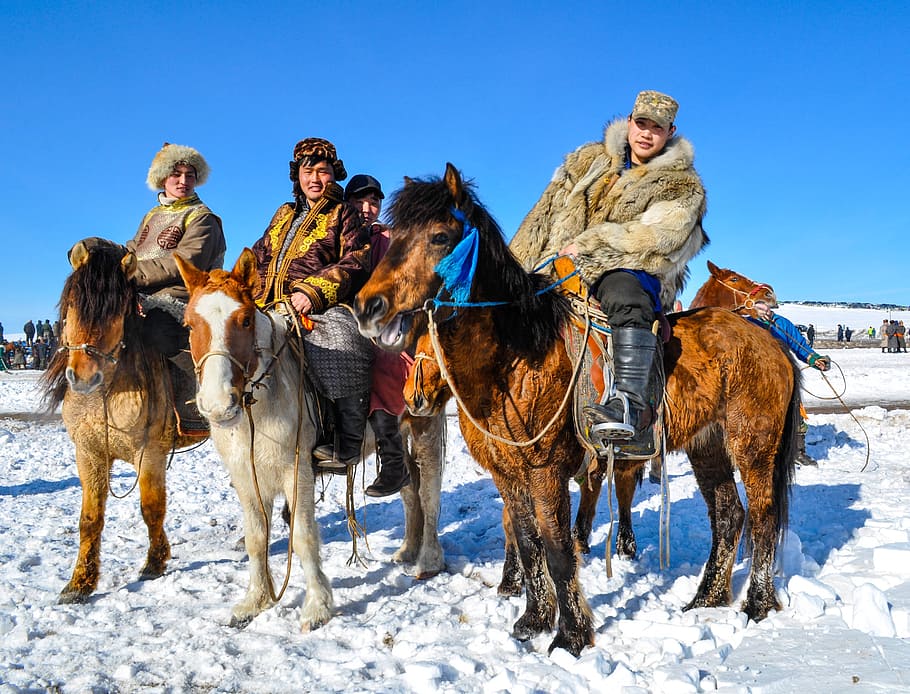IFRC releases $271,000 due to severe winter or dzud in Mongolia

- Country:
- Mongolia
International Federation of Red Cross and Red Crescent Societies recently developed a funding mechanism with the forecast of an extreme winter in Mongolia. The release of funding is to reduce its impact on vulnerable headers.
Mongolia’s National Agency for Meteorology and Environmental Monitoring announced more than 50 per cent of the country was at risk of an extreme (dzud) winter. This has triggered the pre-agreed release of CHF 210,968 (217,000 US dollars) to the Mongolian Red Cross Society for forecast-based action from IFRC's Disaster Relief Emergency Fund (DREF). The funding provides 88 Swiss francs (90.6 US dollars) cash each for 1,000 vulnerable herder families to prevent the starvation, dehydration and cold exposure of their livestock because of poor access to feed, water, veterinary care and shelter. A livestock nutrition kit will support livestock health during winter's lean months.
“Dzud is catastrophic for the agricultural sector, which is vital to the Mongolian culture and economy. We have 70 million livestock, which directly support about a quarter of our people. Horses, camels, goats, cattle and sheep for milk, cashmere, meat and other livestock products are the only source of income for herders. Every extreme winter brings misery, hunger and hardship for thousands of families and forces them to move to squatter settlements outside Ulaanbaatar, our capital. This finance allows the Red Cross to help some of the most at-risk people before winter sets in for good,” Bolormaa Nordov, Secretary General of Mongolian Red Cross Society said.
The experts can forecast the probability of extreme weather events with accuracy by utilizing meteorological models and historical data. Combining weather forecasts with risk analysis allows IFRC funding to be released so people can prepare for extreme weather.










